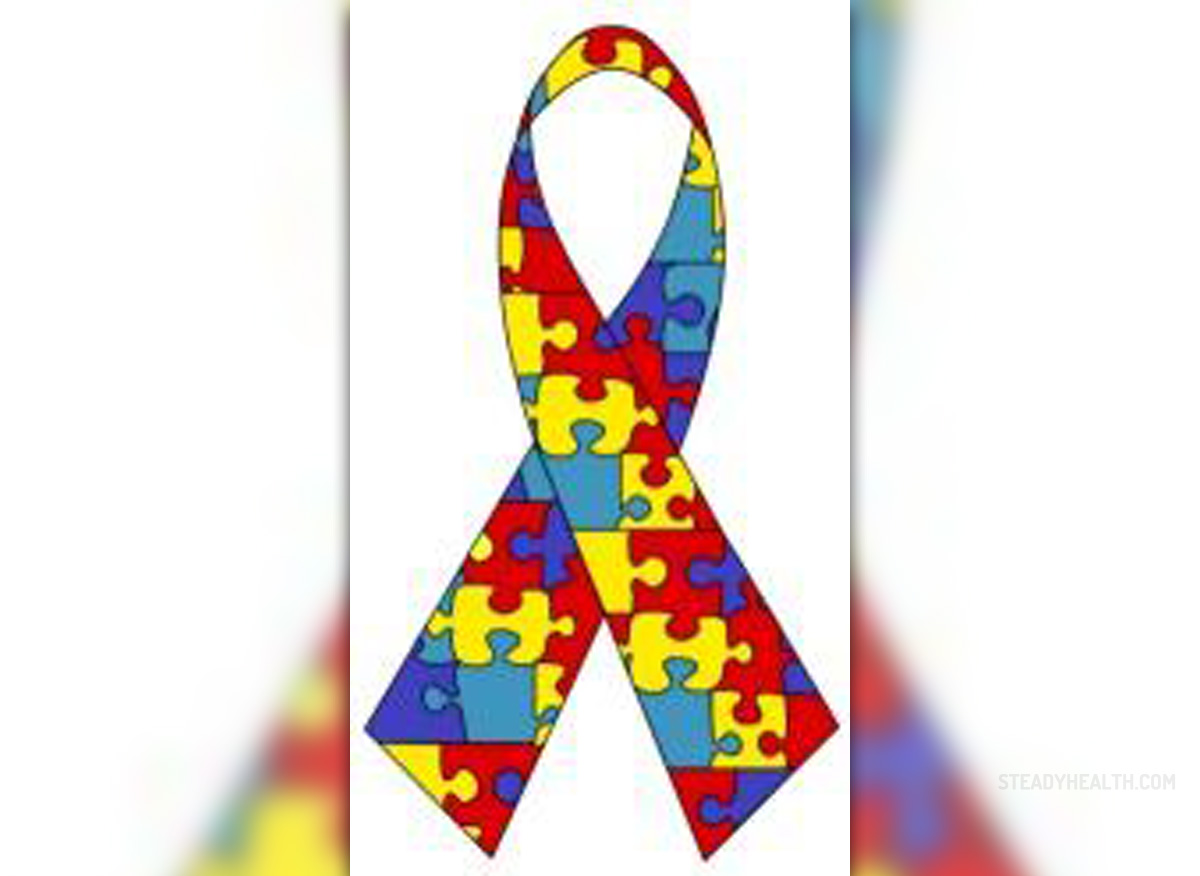
Apraxia and autism are two completely different conditions that share some of the common features. However, these conditions are commonly diagnosed together in the same child, even though it is more common for a child to suffer from one of these conditions independently. Both of the conditions are severe and affect individual’s individual's ability to communicate. The condition is very challenging if the apraxia and autism occur in the same person. This actually means impairments in social interaction long with the problems with processing sensory input and problems with gross motor skills. Even though the symptoms of apraxia often intersect with the symptoms of autism, the main difference between these conditions is that if a child has only apraxia, only the motor skills are impaired and social and emotional skills remain normal. Unfortunately, this is often not the case in autism. Let us now take a closer look into the both conditions.
Apraxia
As already mentioned, apraxia is a neurological condition that limits the sufferer’s ability to develop, execute and sequence motor movements. Depending on the exact form of apraxia, a patient may have problems in moving the hands or the part of the body (motor apraxia), moving muscles necessary for speech (verbal apraxia), or problems with movements that are not associated with speech and articulation (oral apraxia). Symptoms of this condition are somewhat similar to the symptoms of autism and this is why two distinct conditions are commonly mistaken one for another. Symptoms are noticeable since the early infancy and include feeding problems, limited oral play or babble sounds, gross and fine motor problems, hand dominance delayed or mixed, low muscle tone, inability to communicate, unclear speech or speech attempts, etc. Some of the specific symptoms of apraxia are excessive drooling, exaggerated nonverbal communication and age-appropriate appearance of first words followed by slow vocabulary growth.
Autism
Autism is a spectrum of neural development disorders characterized by problems in social interaction and communication, and by restricted and repetitive behavior. The first symptoms of the condition usually start before the child is three years old. One or two per 1.000 individuals are born with autism, worldwide. This condition has a strong genetic component but may also occur as a result of rare genetic mutations or exposure to environmental toxins. The symptoms of the condition develop gradually and in some of the patients, they first manifest as a regress in already acquired skills. Affected individuals usually have impairments in social interaction, communication, and very specific interests. Their movements are usually repetitive and their behavior is compulsive.
- www.ncbi.nlm.nih.gov/pmc/articles/PMC7768516/
- www.cdc.gov/ncbddd/autism/hcp-recommendations.html
- Photo courtesy of Jason Bullett by Wikimedia Commons: https://commons.wikimedia.org/wiki/File:Autismawareness.jpg



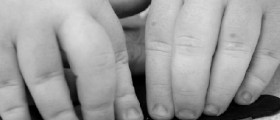
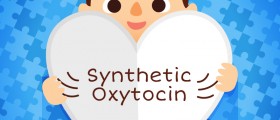
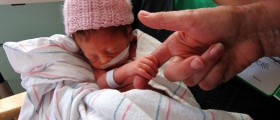
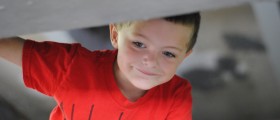
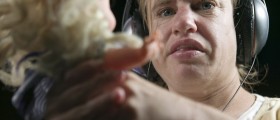
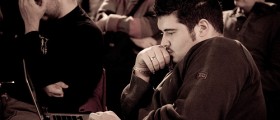



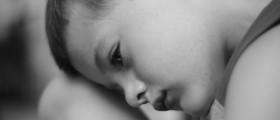
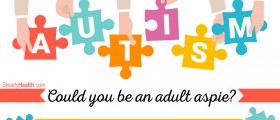



Your thoughts on this
Loading...